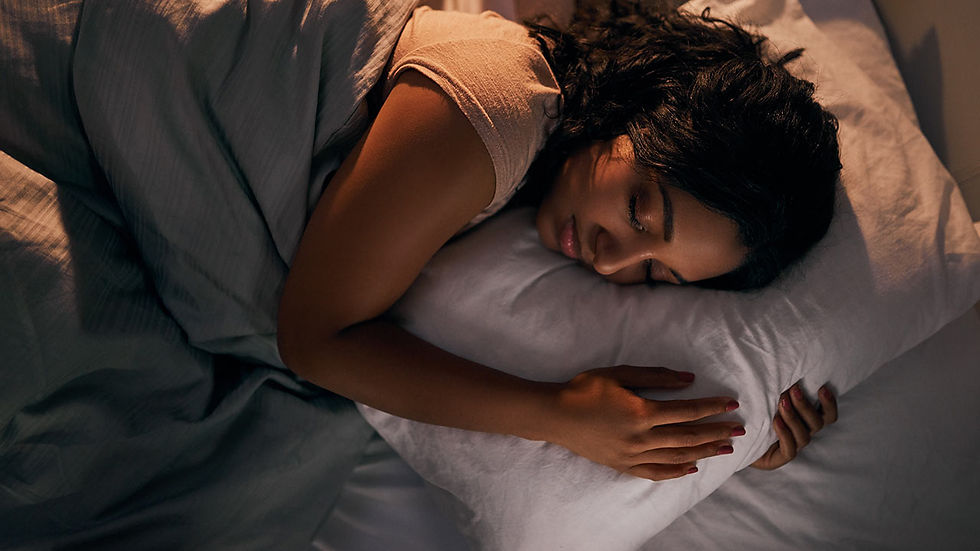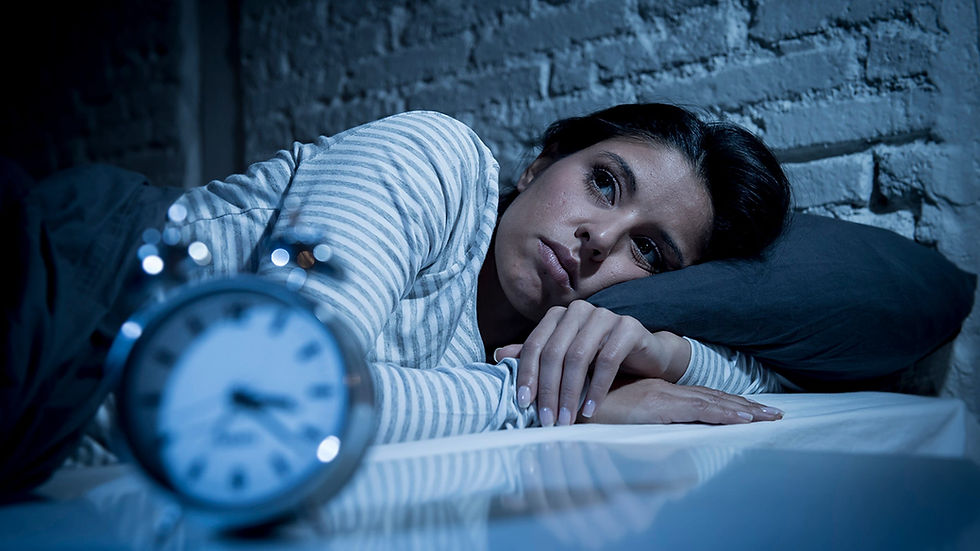
Sleep is an important aspect of our wellness and self care. Not getting enough of it due to stress, anxiety, restlessness, depression, trauma, grief, etc. may be a normal reaction to life, but it still requires a solution. Insomnia prevents you from functioning at your best.
In this article, we explore facts about insomnia and a few solutions.
The Facts:
Insomnia is the most common sleep disorder, with 30% of adults experiencing short-term insomnia and 10% of people have long-lasting insomnia.
Adults need at least seven hours of sleep per night, according to the American Sleep Association, about 35% of people get less than that. The cost of insomnia are behavioral problems, anxiety, stress, fatigue, low immune system function, and possible costly driving mistakes.
Some ways to help falling asleep that do not involve counting sheep.

Cognitive Shuffling
Dr. Yael Rubin, PhD, LP, consultant at VITAL WorkLife
1. Get yourself in bed and ready for sleep.
2. Think of a random, emotionally neutral word that has at least five letters. Beaudoin suggests “bedtime” as an example. Others might be “laptop,” “peach,” “movie,” or “lightbulb.” (Try to choose a word that doesn’t have too many repeating letters, like “banana.”)
3. Slowly spell out the base word in your mind and then, starting with the first letter, think of another word that also starts with that letter. Imagine the item represented by the word—if your base word is “peach,” you’ll start with words that begin with the letter “p,” such as “puzzle,” “pig,” or “pizza.” One at a time, imagine each item, lingering on it long enough to create a clear picture of it in your mind before releasing it and moving on to the next “p” word.
4. Repeat this as many times as you can for each letter. Once you run out of “p” words (or you get bored with “p”), move on to the next letter, which—in our example—would be “e.” Now you’ll imagine an Easter egg, an eagle, and an eggplant.
If you have a hard time coming up with “e” words, skip it and go to the next letter. Likewise, if you choose a word you can’t easily imagine, ditch it and move on to another one. You can also imagine different versions of the same word. For example, if you’re imagining “bread,” you might think of a loaf of soft white sandwich bread, and then some crusty French bread, followed by your favorite homemade sourdough. If you make it to the end of your base word without falling asleep, start over with a new base word.
While this is a tactic worth trying, Beaudoin says it does have its limitations. It won’t work under these conditions:
You are too tired to conjure up words, but not drowsy enough to fall asleep. (For example, when you wake up in the middle of the night.)
You don’t like to think deliberately when you are trying to fall asleep
Boring books/Difficult Reads/ Necessary Reads
Reading required notes, reports, or texts may not be relaxing but they can make you sleepy. Reading and interpretation cause us to tire. This is because when reading, we utilize neural pathways and physiological processes in our central nervous system.
Meditation
Meditation is great for relaxing the mind and body. Meditation is also helpful for falling asleep. Research shows that in the meditative state individuals exhibit a calm mind, relaxed muscles, and report clear thought. All of these are necessary for sleep.
According to Daniel Pacheco of the Sleep Foundation, the state of acceptance and awareness invoked by meditation helps reduce psychological distress and improve rumination and emotion regulation.
At the biological level, meditation slows the heart rate and breathing and lowers levels of cortisol, the stress hormone. Over the long term, the relaxation response reduces stress-related inflammation and oxidative stress and improves insulin resistance.
Exercising Before Bed followed by a Shower or Bath
A brisk walk, jog, or gym work out produces adrenaline, dopamine, and cortisol. All of these are chemicals reactive during times of fight or flight within our body. During the cool down period after a workout muscles are returned to resting length reducing tension, encouraging relaxation and helping to protect from injury. Baths and showers further this relaxation, preparing the body for rest. have shown that taking a bath can activate your parasympathetic nervous system, which is the part of your body responsible for relaxation. As your nervous system adjusts to the warming effect of the water around you, you begin to experience lowered levels of stress. If you are feeling anxious, a bath can physically force your body to change how it processes that anxiety.
Not only can immersive bathing help alleviate anxiety, but it’s also been suggested that taking a bath can positively impact the symptoms of depression.
A warm bath can also improve breathing. The temperature of the water and pressure on your chest increases your lung capacity and oxygen intake.
Showers and Baths after a workout help to induce homeostasis, or "returning to normal" within our bodies.
MindBeingWell Therapy and Wellness
678-250-3093 / www.welltherapy.healthcare
MindBeingWell@welltherapy.healthcare
FB/YouTube/instagram: innovativementalhealthcare






Kommentarer